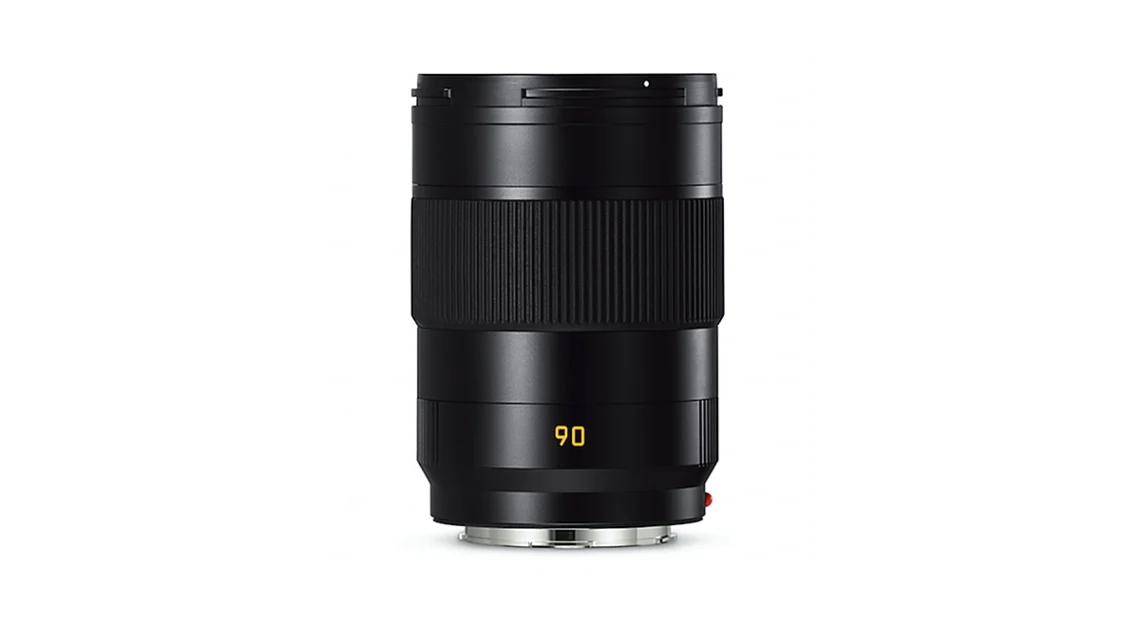
Leica APO Summicron-SL 90mm F2 ASPH lens review: The best money can buy
All modern lenses perform well, especially short-tele primes like the Leica APO Summicron-SL 90mm F2 ASPH, but the sizes over the last couple of years have become enormous. Admittedly, this is due to the makers' preoccupation with ultra-high-speed lenses but independents like Sigma and Zeiss aren't holding back. It seems that size is no longer a barrier, but that's strangely at odds with the trend in smaller mirrorless cameras.
Even Leica, the maker of the original compact primes for the M-series, succumbed to that mindset with the first lenses for the Leica SL models Both the Summilux-SL 50mm F1.4 ASPH and the Vario-Elmarit 24-90mm F2.8-3.5 ASPH are optically outstanding. If you need lenses like that, especially when working, then it is fully justifiable, but no one could call lense

